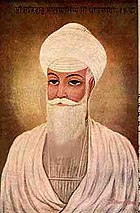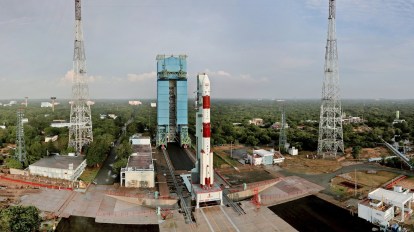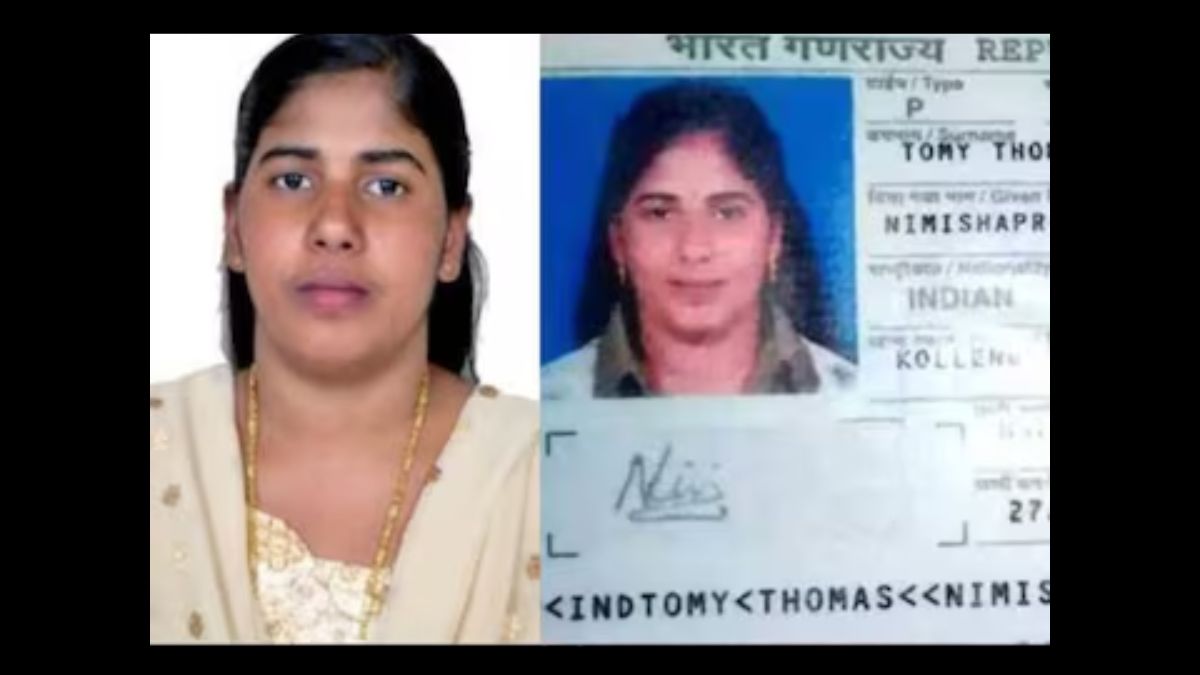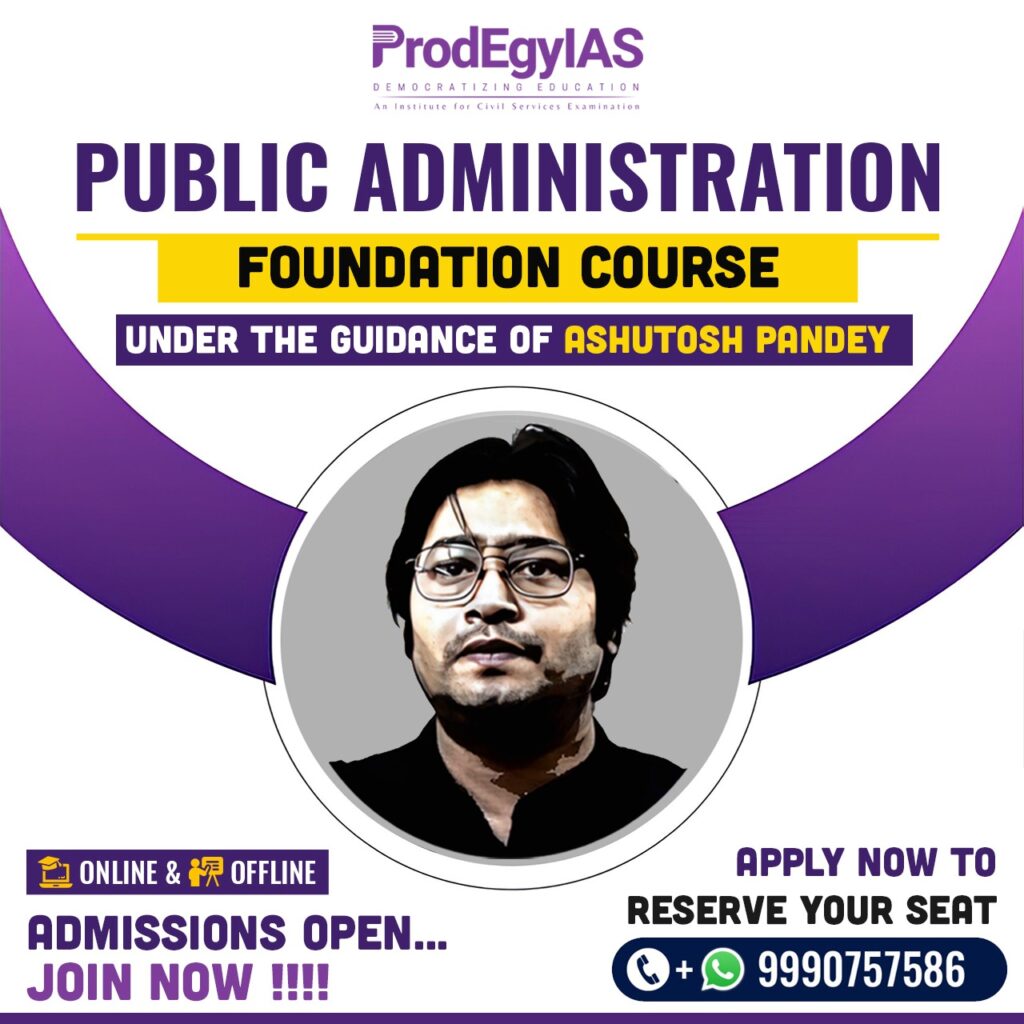Global Risk Report
Why in News: The World Economic Forum recently released the Global Risk Report.

About the Global Risk Report:
The first edition of the Global Risk Report was published in 2006, categorizing extreme weather events as “environmental risks.”
- 2024-2025 Survey: This year’s report presents the findings from the Global Risks Perception Survey 2024-2025 (GRPS).
Key Points of the Report:
- Risk Assessment Periods: Risks are evaluated over both short-term (1-2 years) and long-term (10 years) horizons to help policymakers address immediate concerns and future challenges.
- Risk Classification: The report categorizes global risks into five domains: economic, environmental, geopolitical, societal, and technological.
- Top 3 Short-term Risks: The major short-term risks include misinformation and disinformation, extreme weather events, and state-based armed conflicts.
- Top 3 Long-term Risks: Long-term risks include extreme weather events, biodiversity loss and ecosystem collapse, and critical changes to Earth’s systems.
- Global Risk Landscape: The evolving global risk landscape is influenced by the interaction of four key factors: technological, geostrategic, climatic, and demographic forces, which are expected to intensify over the next decade.
- Climate Pollutants: The report emphasizes the need to address short-lived climate pollutants, such as black carbon, methane, and hydrofluorocarbons, due to their significant environmental and health impacts.
Namdhari Sect
Why in News: The Punjab Chief Minister recently honored the Kuka martyrs’ at a ceremony held at the Namdhari Shaheed Smarak in Malerkotla.

About the Namdhari Sect:
- Foundation: The Namdhari Sect was established by Satguru Ram Singh of Baisakhi in 1857. He promoted social reform and actively resisted British rule.
- Name Origin: The followers of the Namdhari Sect are also known as “Kukas,” named after their distinctive style of reciting the “Gurbani” (Sayings/Teachings of the Guru) in a high-pitched voice, called “Kook” in Punjabi.
- Religious Beliefs: Namdhari Sikhs revere the Guru Granth Sahib as the Supreme Gurbani but also believe in a living human Guru.
- Sacred Cow: The Namdharis hold the cow as sacred.
- Headquarters: The sect’s headquarters is located in Bhaini Sahib, Ludhiana, near the village of Raiyaan, where Ram Singh was born.
History of Kuka Martyrs’ Day:
- Incident Leading to the Martyrs’ Day: On January 13, 1872, about 200 Namdharis, led by Kuka Hira Singh and Lehna Singh, reached Malerkotla after an incident of cow slaughter in the town. The Namdharis had been agitating for a ban on cow slaughter.
- Clash with Authorities: On January 15, the Kukas clashed with government officials. On the same day, a 150-strong Kuka group attacked the Malaudh Fort in Ludhiana, which was under a local ruler loyal to the British.
- British Retaliation: In response to the Kuka raids, British authorities, led by Deputy Commissioner John Lambert Cowan, executed 49 Kukas on January 17 and another 17 on January 18, as part of brutal retribution.
ISRO’s Third Launch Pad
Why in News: The Union Cabinet has recently given approval for the construction of the Third Launch Pad (TLP) at the Satish Dhawan Space Centre of ISRO in Sriharikota, Andhra Pradesh.

About the Third Launch Pad (TLP):
- Objective: The TLP project aims to create launch infrastructure at Sriharikota, Andhra Pradesh, for ISRO’s Next Generation Launch Vehicles (NGLV) and to serve as a backup for the existing Second Launch Pad (SLP).
- Support for Future Missions: The TLP will enhance India’s launch capacity, especially for upcoming human spaceflight missions.
- Design Flexibility: The launch pad will have a versatile configuration capable of supporting both NGLV and LVM3 vehicles with Semicryogenic stages, as well as expanded NGLV configurations.
- Industry Participation: The project will involve extensive industry participation, leveraging ISRO’s experience from previous launch pad constructions and utilizing existing launch complex facilities.
- Completion Timeline: The TLP is expected to be completed within 48 months (4 years).
- Total Cost: The project requires a total investment of ₹3984.86 Crore for the establishment of the TLP and related facilities.
- Boost to Indian Space Ecosystem: The TLP will support higher launch frequencies and improve India’s capacity for human spaceflight and space exploration missions.
- Existing Launch Pads: Currently, India relies on two launch pads—First Launch Pad (FLP) and Second Launch Pad (SLP).
- FLP, built 30 years ago for PSLV, continues to support PSLV and SSLV launches.
- SLP, operational for nearly 20 years, was initially designed for GSLV and LVM3 and has supported both national missions, such as Chandrayaan-3, and some commercial missions.
Blood Money
Why in News: The death sentence given to a Kerala nurse by a Yemen court, along with the ongoing discussions and efforts for her acquittal and repatriation— including financial compensation to the victim’s family—has reignited the debate on ‘blood money’ and its consequences.
)
About Blood Money:
Concept of Blood Money:
- ‘Blood money’, also known as ‘diya’, is a practice rooted in Islamic Sharia law, followed in countries that incorporate these laws into their legal systems.
- It involves the payment of a specified amount of a valuable asset, usually money, by the perpetrator to the victim’s family if the victim has died.
- The practice is typically used in cases of unintentional murder and culpable homicide.
- It is also invoked when the victim’s family chooses not to seek retribution through ‘qisas’ (retribution under Sharia law).
Purpose and Application:
- The primary objective is not to assign a value to human life but to alleviate the suffering of the victim’s family, especially in cases of lost income.
- Even if blood money is paid and reconciliation occurs, the community and state retain the right to impose a deterrent punishment, including penalties.
- In modern applications, factors such as the gender, religion, and nationality of the victim may influence the amount of blood money in some Islamic countries.
Example in Saudi Arabia:
In Saudi Arabia, traffic laws mandate the payment of blood money to the heirs of victims who die in road accidents, alongside potential prison sentences for the perpetrator.



